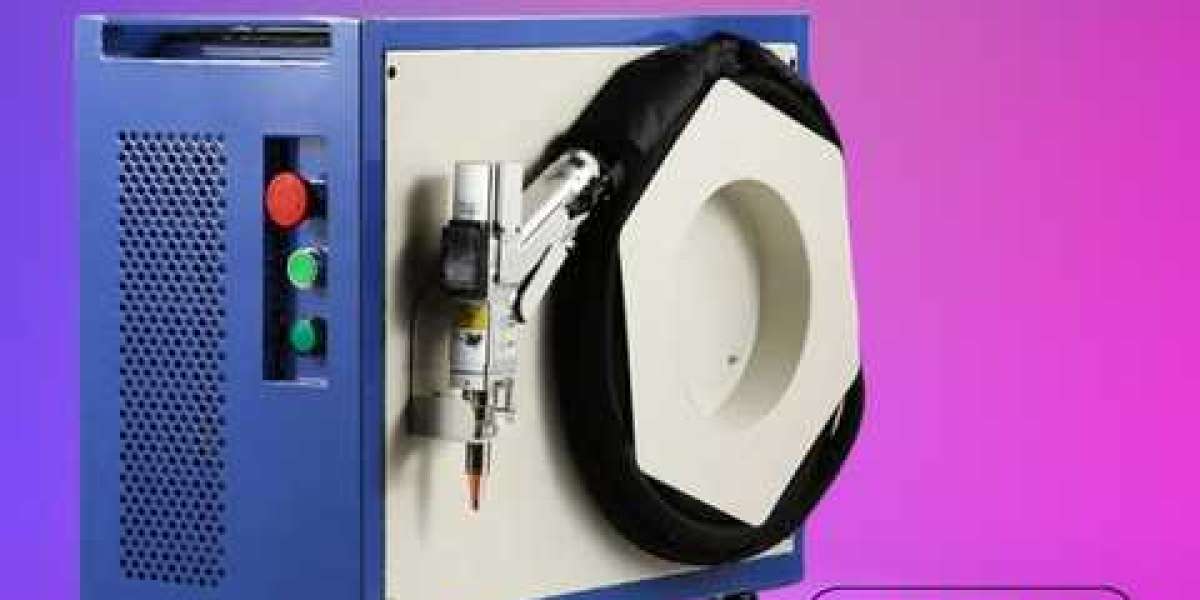In the quest for sustainable living and self-sufficiency, technologies that address water scarcity are becoming increasingly important. Among these, atmospheric water generators (AWGs) and air-to-water generators stand out as innovative solutions. These devices promise to revolutionize how we access clean water by harnessing the moisture in the air. In this blog, we’ll explore the capabilities, benefits, and applications of atmospheric water generators for home use and air-to-water generators, highlighting their impact on everyday life and the environment.
Understanding Atmospheric Water Generators
Atmospheric water generators for home are devices designed to extract moisture from the air and convert it into clean, drinkable water. This technology leverages the principles of condensation and filtration to provide a reliable source of water in various settings. Here’s a detailed look at how these generators work and their advantages:
How Atmospheric Water Generators Work
Air Intake and Filtration: Atmospheric water generators (AWGs) begin by drawing ambient air into the machine. The air is passed through filters to remove dust, pollen, and other airborne contaminants. This step ensures that the extracted moisture is clean and safe.
Cooling and Condensation: After filtration, the air is cooled using a refrigeration system or cooling coils. As the air cools, the moisture it contains condenses into water droplets. This process is similar to how dew forms on a cold surface.
Water Collection: The condensed water droplets are collected in a reservoir within the machine. This initial collection may include some impurities, which is why further purification is necessary.
Purification: To ensure the water is suitable for drinking, it undergoes purification through various methods, such as activated carbon filters, UV sterilization, and reverse osmosis. These methods remove any remaining contaminants and pathogens.
Storage and Dispensing: Once purified, the water is stored in a tank. Many atmospheric water generators for home come with built-in dispensers or can be integrated with existing plumbing systems for easy access.
Benefits of Atmospheric Water Generators for Home Use
Sustainable Water Supply: One of the most significant advantages of using an atmospheric water generator for home is its contribution to sustainability. By generating water from the atmosphere, these devices reduce reliance on traditional water sources, such as rivers and groundwater, which are increasingly under pressure.
Reduction in Plastic Waste: Using an atmospheric water generator for home can significantly cut down the need for bottled water, thereby reducing plastic waste and its environmental impact. This shift helps in mitigating pollution and supports a more eco-friendly lifestyle.
Reliable Water Source: In areas with unreliable water infrastructure or during emergencies, atmospheric water generators provide a dependable source of clean water. They ensure consistent access even when traditional water supplies are disrupted.
Cost Savings: Although the initial cost of an atmospheric water generator for home may be high, it can lead to long-term savings by reducing or eliminating the need for bottled water and delivery services. Modern units are also designed to be energy-efficient, further enhancing their cost-effectiveness.
Convenience: These generators offer a convenient and continuous supply of fresh water, which can be particularly beneficial for households in remote or underserved areas.
Exploring Air-to-Water Generators
Air-to-water generators are similar to atmospheric water generators but may vary in their design and application. These devices are also designed to convert moisture in the air into potable water and come with their own set of features and benefits.
How Air-to-Water Generators Differ
While air-to-water generators and atmospheric water generators operate on similar principles, air-to-water generators might offer different functionalities or be optimized for specific conditions. For example, some models may focus on energy efficiency or have specialized filtration systems.
Benefits of Air-to-Water Generators
Energy Efficiency: Many air-to-water generators are designed with advanced energy-saving features. These can include energy-efficient cooling systems and low-power consumption modes, making them a cost-effective solution for generating water.
Versatility: Air-to-water generators can be used in a variety of settings, including residential homes, offices, and commercial establishments. They are versatile and adaptable to different water needs.
Advanced Purification: Some air-to-water generators incorporate cutting-edge purification technologies, such as multi-stage filtration systems or UV-C light, to ensure the highest water quality.
Customization: Certain models offer customizable settings, allowing users to adjust the water production rate, filtration levels, and other parameters to meet their specific needs.
Applications of Atmospheric Water Generators and Air-to-Water Generators
The adaptability of atmospheric water generators for home and air-to-water generators makes them suitable for various applications:
1. Residential Use
For homeowners, an atmospheric water generator for home provides a sustainable and reliable source of drinking water. It is especially useful in areas with poor water quality or inconsistent supply. By generating water directly from the air, these machines enhance household convenience and reduce the need for bottled water.
2. Commercial Use
Businesses such as restaurants, hotels, and offices can benefit from air-to-water generators by ensuring a constant supply of fresh water. These machines support sustainability efforts and can reduce operational costs associated with bottled water.
3. Remote and Off-Grid Locations
In remote or off-grid areas where access to traditional water sources is limited, atmospheric water generators for home offer a self-sufficient solution. They provide a reliable water supply for rural communities, camping sites, and remote work environments.
4. Emergency Preparedness
During emergencies or natural disasters, having a reliable source of clean water is crucial. Air-to-water generators can play a vital role in disaster preparedness by ensuring a continuous supply of water when conventional sources are disrupted.
Choosing the Right Atmospheric Water Generator or Air-to-Water Generator
When selecting an atmospheric water generator for home or air-to-water generator, consider the following factors:
Capacity: Determine your water consumption needs and choose a machine with a suitable capacity. Machines vary from small units for personal use to larger models for homes or businesses.
Energy Efficiency: Look for energy-efficient models to minimize operating costs. Features such as energy-saving modes and certifications can help you make an informed choice.
Filtration and Purification: Ensure the machine includes advanced filtration and purification systems to guarantee high water quality. Options such as UV sterilization and reverse osmosis are beneficial for ensuring clean, safe water.
Climate Suitability: The efficiency of these machines can be influenced by environmental factors like humidity and temperature. Choose a model that is optimized for the climate in your area.
Maintenance and Support: Regular maintenance is essential for optimal performance. Select a machine that is easy to clean and maintain, and consider manufacturers that offer reliable customer support.
Conclusion
Atmospheric water generators for home and air-to-water generators represent a significant advancement in addressing water scarcity and promoting environmental sustainability. By converting moisture from the air into clean, drinkable water, these machines provide practical solutions for a wide range of applications. Their benefits include reducing plastic waste, ensuring a reliable water supply, and offering cost-effective solutions for both residential and commercial use.







